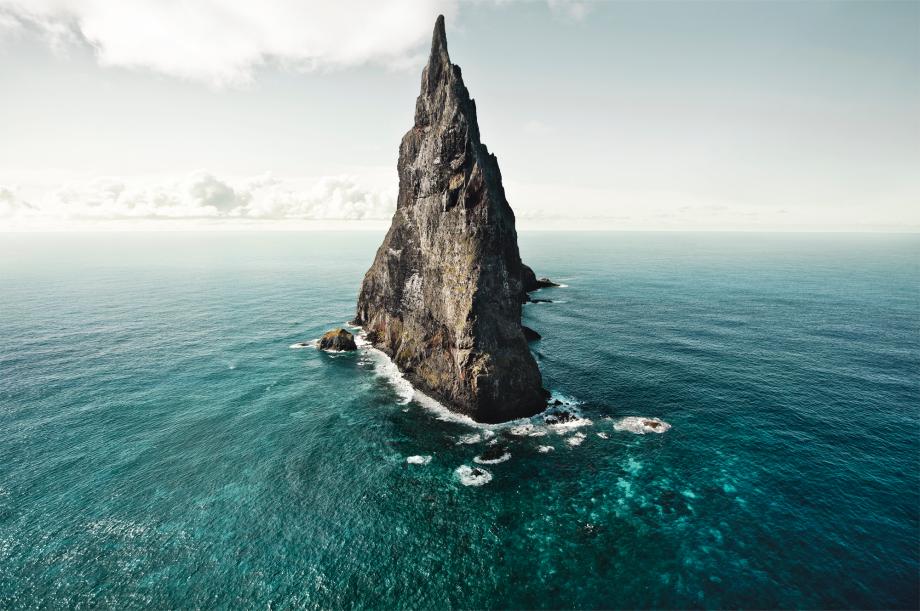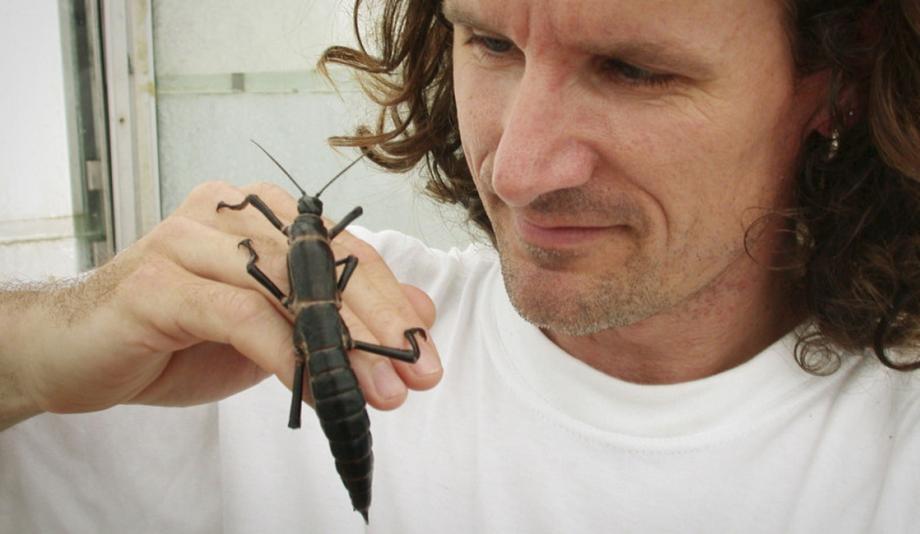Ball's Pyramid, Home to the World's Rarest Insect. Meet the "Land Lobster."
Atlas Obscura on Slate is a new travel blog. Like us on Facebook, Tumblr, or follow us on Twitter @atlasobscura
The eroded remnants of a shield volcano, Ball's Pyramid thrusts upward 1,843 feet out of the South Pacific. Discovered in 1788, the rocky spire was thought to be devoid of life until 2001 when a group of scientists discovered what may be the world's rarest insect.
The Lord Howe Island stick insect (Dryococelus australis) had not been seen alive in over 70 years. Known as "land lobsters" or "walking sausages," the six-inch long insects were once common on the neighboring Lord Howe Island, but were assumed to have been eaten into extinction by invasive black rats.
But in 2001, the scientists found a single bush, with a colony of Lord Howe Island stick insects living under it, a hundred feet up an otherwise entirely infertile rock. Somehow a few of the wingless insects escaped and managed--by means still unknown--to traverse the 14 miles of open ocean, land on Ball's Pyramid, and survive there. Just 27 of the insects have been found on the rocky spire. They are currently being bred in captivity with great success.
More photos of Ball's Pyramid can be seen on Atlas Obscura.
Islands you wouldn't want to vacation on:


